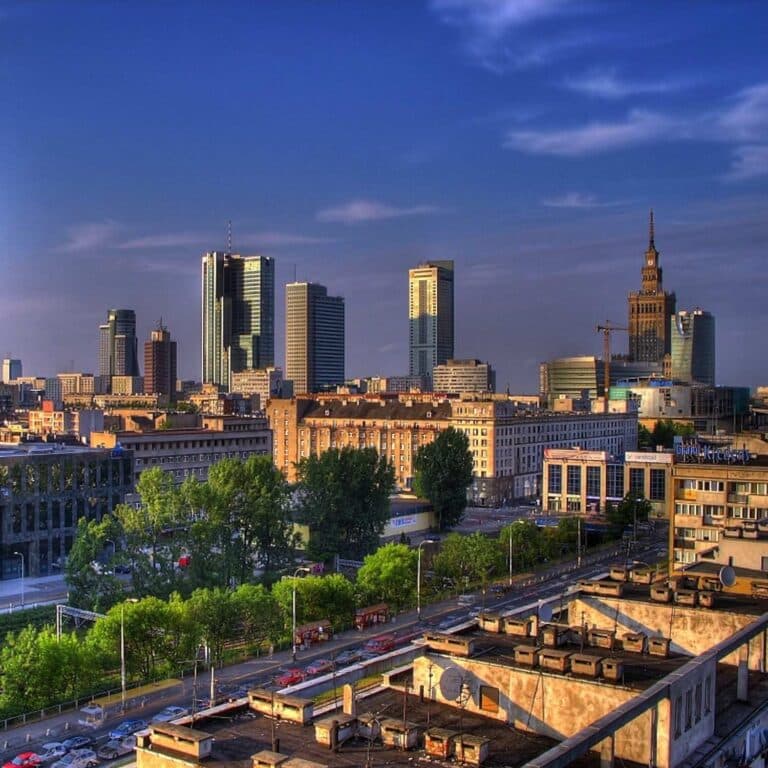
Warsaw
About the City
The capital city, Warsaw is a place that has endured some of the darkest moments of recent history. The city suffered almost complete destruction during WWII, but it has picked itself up and has developed into a modern and diverse city. Unlike other Polish cities and towns, Warsaw is spread out over a large area. The city has a population of 1.7 million making it the 9th most populous city in the European Union. The city bears marks of the past with landmarks such as the Palace of Culture skyscraper built during Communist rule. There are also lots of museums, which explore the city’s complex and troubled past. However, Warsaw is also a cutting-edge city with lots of steel and glass and more skyscrapers than most cities. Getting around the city is easy via bus, tram, or metro.
Contact Information
Additional Information
